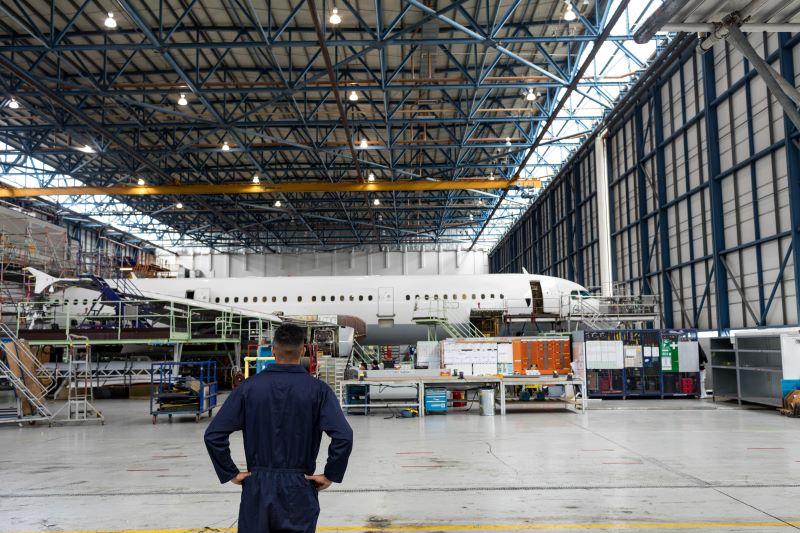
Alton Aviation Consultancy predicts that MRO spending will grow steadily over the next decade.
Global spending on maintenance, repair and overhaul (MRO) will rise from $112 billion in 2023 to $139 billion by 2033, growing 2.2% annually, according to a new report by Alton Aviation Consultancy.
Several factors will contribute to an annual MRO demand growth that exceeds historical rates, including higher material cost escalation, labor cost inflation, fewer-than-expected retirements, and a faster-than-expected traffic recovery that results in higher aircraft utilization.
However, given significant production cuts by aircraft original equipment manufacturers (OEMs) in the past three years, Alton predicts that long-term growth will not be uniform across MRO segments. For instance, the engine segment is forecast to account for about half of all aftermarket spending. The share of new-generation engines accounts for 25% of overhaul volume today and is expected to reach 70% of that volume in 2033. “New-generation engines currently suffer from low time-on-wing but are expected to improve as programs mature,” Alton said in the report.
After engines, the next largest segment will be components, which are expected to account for 22% of growth, followed by line maintenance at 14%, airframe heavy maintenance at 7%, and modifications at 7%.
Though the modifications business remains in the single digits as a percentage of overall demand, it is also the fastest growing MRO segment with annual growth of 3.9% (from $7 billion to $10.2 billion) expected over the next decade. Alton expects that there will be considerable spending on passenger-to-freighter conversions, inflight connectivity, and cabin interior modification programs.
With regards to aircraft type, narrowbody jets will continue to dominate, with total demand increasing to 63% by 2033 from 54% now, dovetailing with expansion of the global narrowbody fleet.
The report notes that airlines are also aiming to configure their aircraft for maximum profitability. To that end, narrowbody aircraft are increasingly flying with “premium-heavy forward cabins due to the longer flight distances, but at the same time densifying economy cabins to lower their per seat costs.” It is becoming more common for widebodies, meanwhile, to offer premium economy seating.
“As a result, airlines are implementing cabin modifications more frequently as they compete on product quality. Such demand will be a tailwind for the modification MRO market,” Alton said.
In terms of regions, Asia-Pacific is and will continue be the top source of MRO demand at 35%, while North America and Europe will each represent slightly more than 20% of the market.
